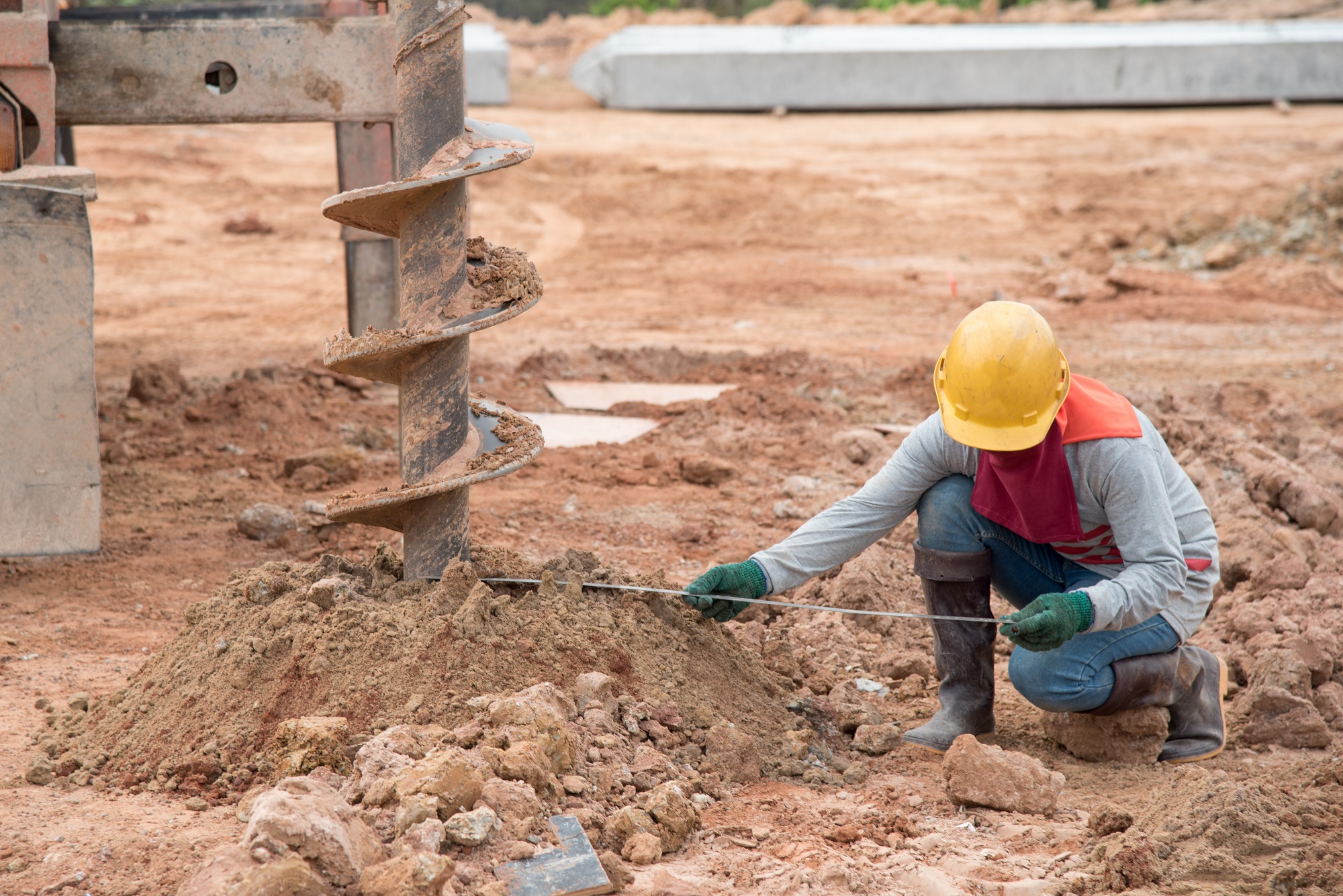
The Best Piling Construction Techniques
Piling construction is an integral part of building structures that are sturdy and able to sustain a variety of environments. But what are the best techniques to use?
Piling Construction Methods
Driven Piles
This involves hammering piles deep into the ground with piles drivers and other pile hammer equipment. Driven piles are often made from strong materials such as steel and concrete which makes it easier to compact the soil when hammering.
In addition, driven piles spread the load of the superstructure through weight-bearing and friction.
Cast-In-Place Piles
Otherwise known as bored piling, this piling foundation involves a hole being pre-dug and then reinforced. A concrete pile is poured directly into the hole instead of the load being driven with friction like driven piles.
A major benefit is they are less noisy and disruptive which makes them suitable for busy, populated areas. Not to mention, being able to resist extreme weather conditions like storms and earthquakes.
Screw Piles
Helical pile foundations or screw piles are made of steel and work in a similar way to driven piles. However, rather than the pile being hammered into the ground, it is screwed into place. Therefore, there tends to be less noise pollution with this pile construction technique.
Screw piles are versatile, easy to install and suit any soil, so they are a popular option in construction.
Sheet Piles
Sheet piles are characterised by having a Z or U shape which increases strength and load distribution. Usually, with an interlocking mechanism, the piles are connected in a line.
This piling construction method can be used for a multitude of purposes like barrier walls, breakwaters and support of excavation. Not being both temporary and permanent provides a flexible option to construction professionals.
Soil Compactor Piles
Also known as sand compaction piles, this technique is utilised to stabilize soil that is not strong enough to carry a load. So they are especially useful in soft soils to improve the sturdiness of a structure.
With this piling construction technique, a temporary steel shell is used as a guide. The sand is poured into the hole that is created by the steel shell. Once the shell is removed, the sand fills the hole.

